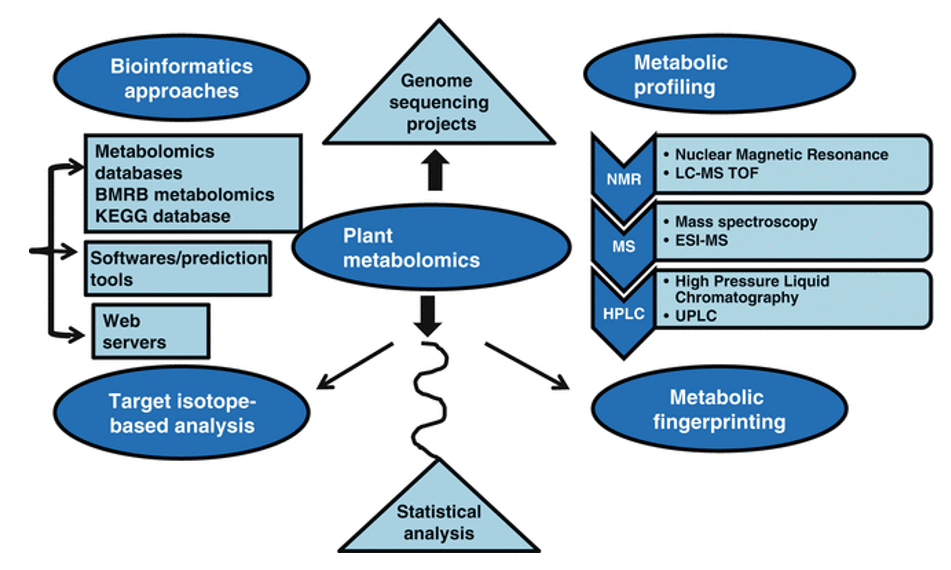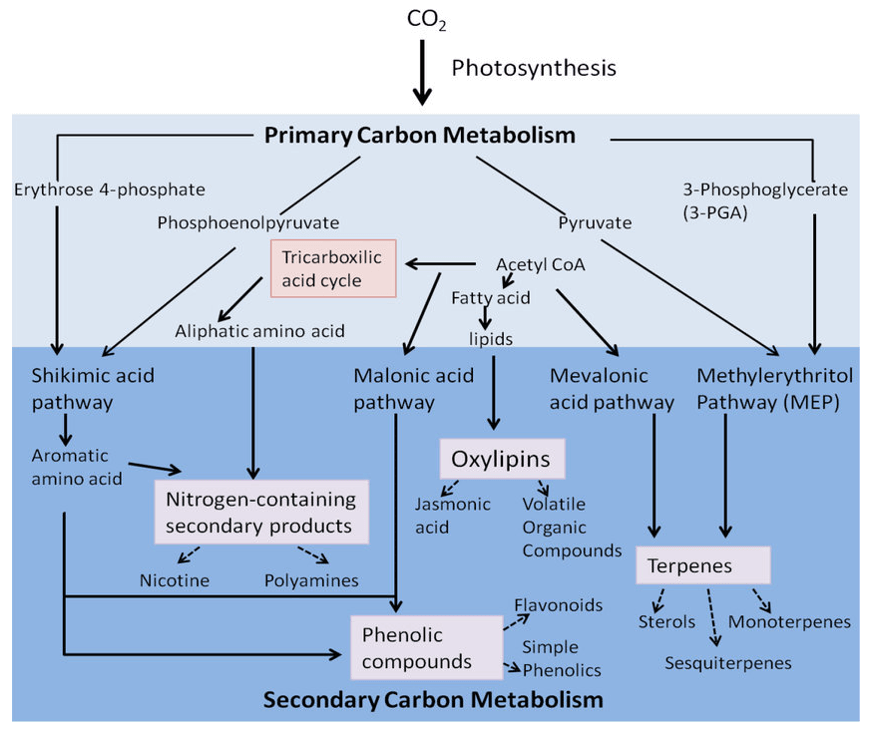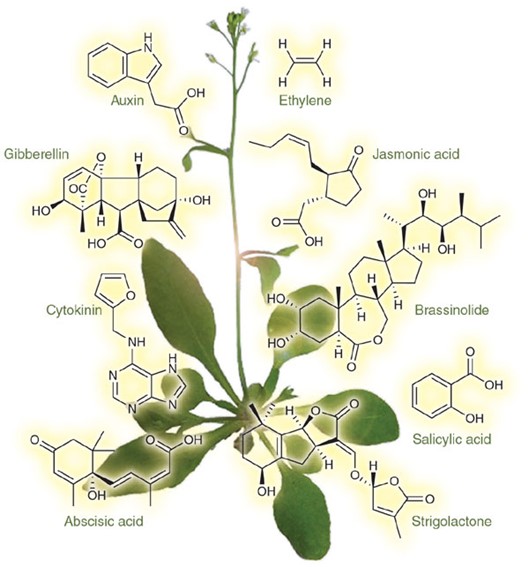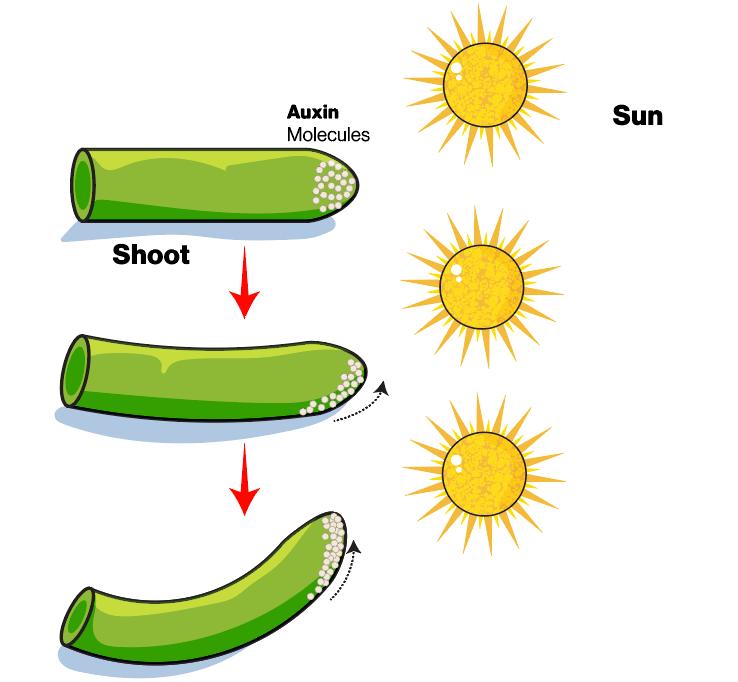Abscisic Acid (ABA) Analysis Service
Submit Your InquiryWhat is Abscisic Acid (ABA)?
Abscisic acid (ABA) is an important isoprenoid phytohormone regulating plant growth, development, dormancy, germination, root architecture and major stress responses. ABA is involved in various physiological processes of plants ranging from stomatal opening to protein storage. ABA controls downstream responses to abiotic and biotic environmental changes, such as drought, salt, and cold stresses, through both transcriptional and post-transcriptional mechanisms. When plants face harsh conditions like environmental stress, the level of ABA increases to trigger cellular stress responses. Therefore, ABA is also called a stress hormone. Biotic stresses like pathogen infection also regulate ABA homeostasis in host plants. In addition, hormone crosstalk also participates in ABA homeostasis. For example, auxin and gibberellins (GAs) modulate fruit growth and ripening via controlling the regulatory loops of FveCYP707As and FveNCEDs to accumulate ABA in woodland strawberries. Jasmonate (JA) accumulation is required for increased ABA levels in Arabidopsis after dehydration treatment. Liquid chromatography (LC)-mass spectrometry (MS) has become a powerful and accessible tool for ABA analysis. Accurate ABA quantification can be achieved using LC-MS/MS techniques, especially when stable isotope-labeled ABA is used as an internal standard.
Creative Proteomics is proud of offering abscisic acid (ABA) analysis in plants using LC-MS/MS techniques. Our team has the experience and knowledge in detecting and quantitating various plant hormones. All assays are consistent with regulatory requirements and governed by SOPs.
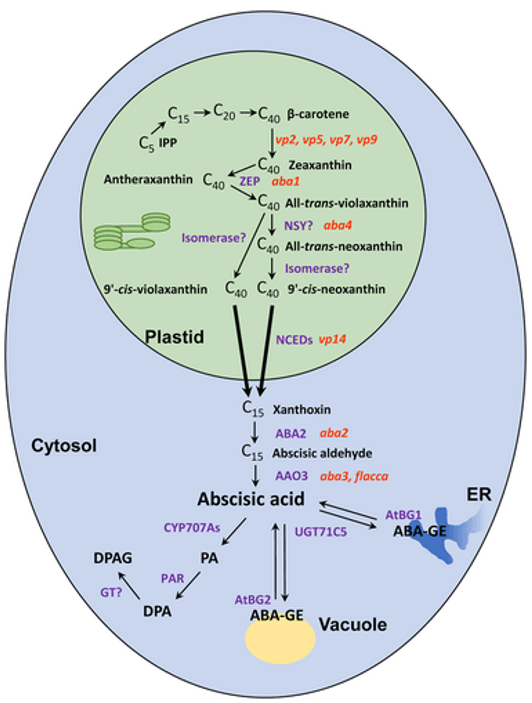 Figure 1. Abscisic acid (ABA) biosynthesis, catabolism, and (de)conjugation in plants (Chen et al., 2020).
Figure 1. Abscisic acid (ABA) biosynthesis, catabolism, and (de)conjugation in plants (Chen et al., 2020).
Applications of ABA Analysis
- Studies of abiotic and biotic stress responses
- Elucidate mechanisms regulating ABA accumulation
- Reveal the coordination of different pathways of ABA synthesis, catabolism, conjugation/deconjugation, and transport
- Crop improvement and management
Advantages of Our ABA Analysis Service
Workflow of ABA Analysis
ABA analysis is achieved by utilizing cutting-edge technologies including AB SCIEX™ / Thermo Scientific triple quadrupole mass spectrometers and state-of-the-art extraction techniques. Our newly developed sample preprocessing method provides safety, environmental protection, rapidness, effectiveness, and recovery rates consistently exceeding 85%. Sample preprocessing at Creative Proteomics complies with in-house SOPs and can ensure maximized homogeneity between samples.

Quantification methods: external reference method or isotope-labeled internal standard method
Mode: MRM, capable of simultaneously detecting more than 1000 MRM ion pairs
Precision: ≤10-9 g
Positive/Negative polarity switching time: ≤20 ms, allowing for the acquisition of Q1/Q3 MRM transition mass spectra in both ionization modes from a single LC-MS/MS run.
Analysis content:
- Standard curve creation
- Raw data preprocessing
- Absolute quantification of ABA
- Differential metabolites screening
- Optimal analyses such as KEGG pathway analysis and hierarchical clustering
List of Detectable ABA at Creative Proteomics
| Detectable ABA | CAS | Quantification Methods |
|---|---|---|
| ABA | 14375-45-2 | External reference method / isotope-labeled internal standard method |
Sample Requirements
- Fresh and clean plant samples should be collected and immediately flash-frozen using liquid nitrogen, then placed in cryogenic vials or wrapped in aluminum foil and stored at -80°C or transported on dry ice to the company. Due to the stress response of plants to damage, which can affect plant hormone levels, it is important to minimize the exposure time of plant samples at room temperature in order to obtain accurate and expected results.
- The minimum sample requirements for abscisic acid (ABA) detection are 200mg for plant samples and 50mg for seeds.
- The content of different tissue parts and sample types varies greatly, so please consult our technical support personnel for specific sample quantity requirements.
Deliverables
- Experimental procedure
- Parameters of liquid chromatography and MS
- MS raw data files and MS data quality checks
- ABA quantification data
- Custom analysis report
Creative Proteomics provides state-of-the-art LC-MS/MS for ABA detection and quantitation even in complex sample matrices. Our team has accumulated extensive expertise in bioanalytical testing, method development, and LC-MS/MS. Our service will need your analytical needs and contribute to scientific research and industrial applications.
References
- Chen K, Li G J, Bressan R A, et al. Abscisic acid dynamics, signaling, and functions in plants. Journal of Integrative Plant Biology, 2020, 62(1): 25-54.
- Sah S K, Reddy K R, Li J. Abscisic acid and abiotic stress tolerance in crop plants. Frontiers in plant science, 2016, 7: 571.
- Liao X, Li M, Liu B, et al. Interlinked regulatory loops of ABA catabolism and biosynthesis coordinate fruit growth and ripening in woodland strawberry. Proc Natl Acad Sci USA, 2018, 115: E11542– E11550.





